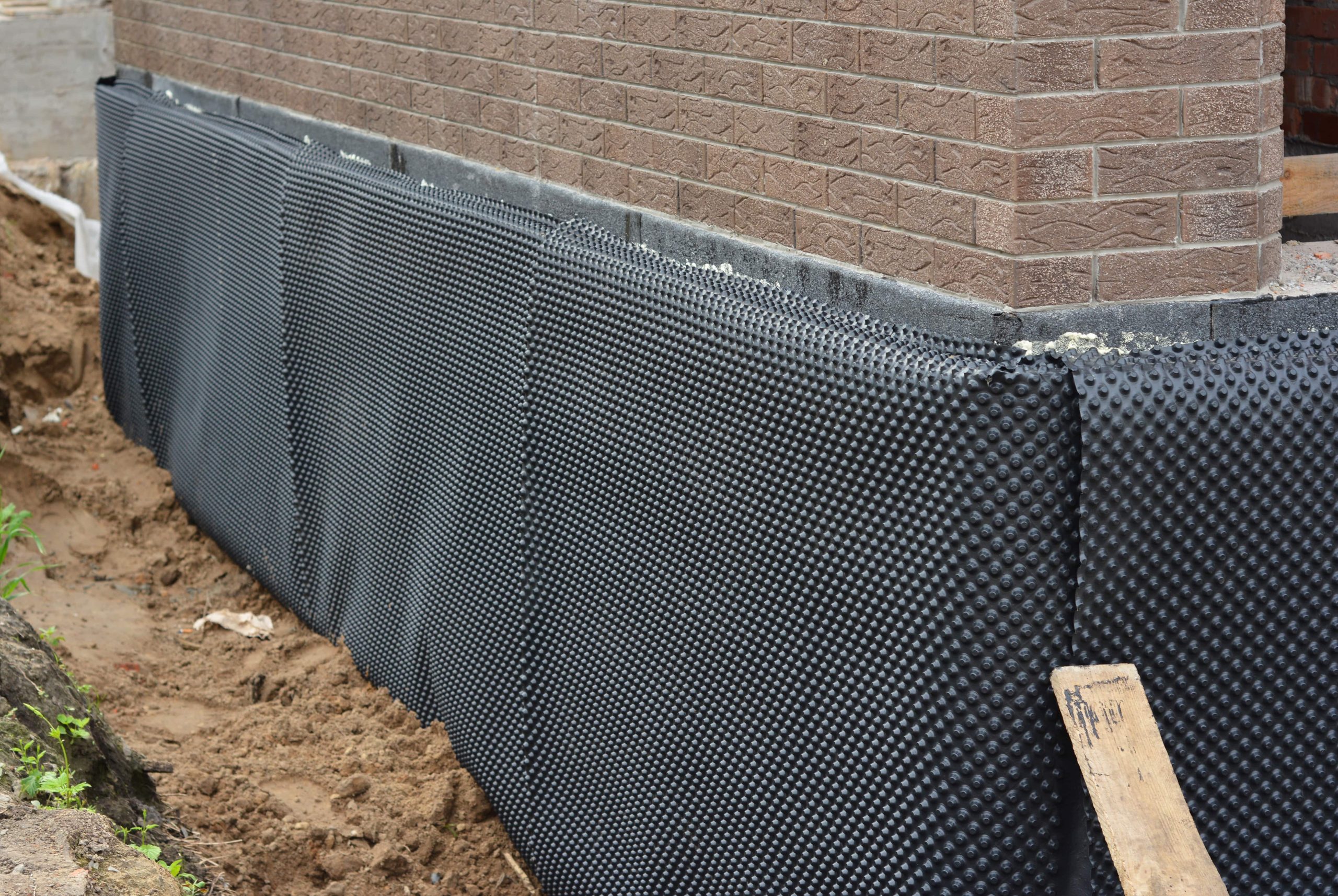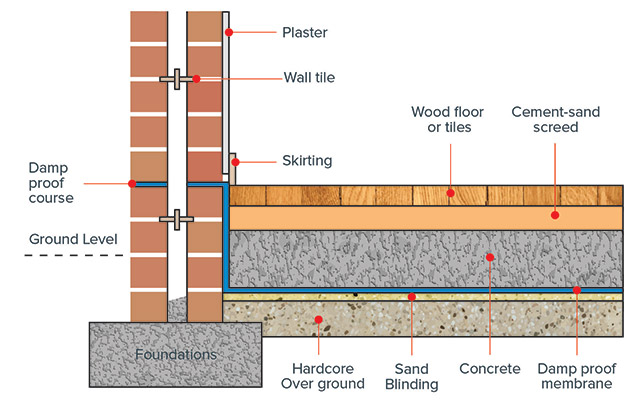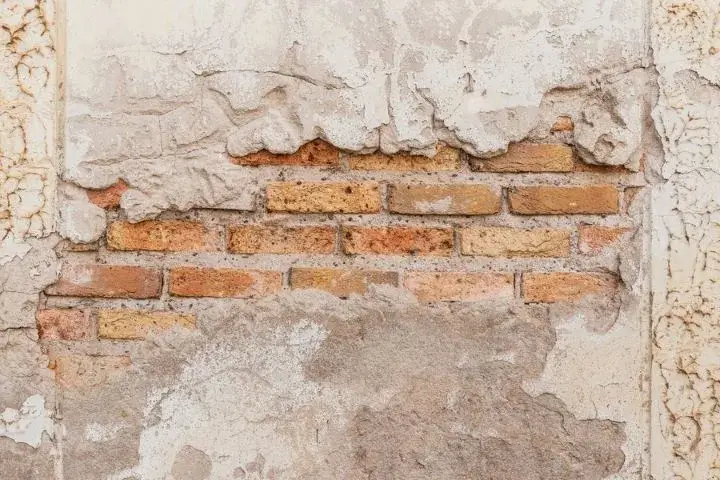Discovering the Various Methods and Solutions for Effective Damp Proofing
Moisture in buildings postures considerable difficulties to both structural stability and interior air high quality. Different techniques and solutions have emerged to combat this prevalent concern. From conventional damp-proof membrane layers to innovative chemical treatments, each method supplies distinct advantages. Recognizing these alternatives is essential for effective wetness control. Choosing the best option depends on certain building problems and needs, motivating additional expedition right into the most effective moist proofing approaches available.
Comprehending the Causes of Dampness
Although wetness can occur from numerous sources, understanding these causes is vital for efficient removal. Typically, wetness originates from 3 primary resources: climbing moist, passing through wet, and condensation. Climbing damp happens when groundwater travels up-wards through permeable materials, such as block or rock, often as a result of a lack of an efficient obstacle (mould treatment newcastle). Passing through wet is generally brought on by external factors, including roofing system leakages, damaged gutters, or damaged wall surfaces, enabling water to penetrate a home. Condensation, on the various other hand, arises from excess moisture airborne, commonly aggravated by poor air flow and temperature differences, resulting in water droplets developing on surfaces. Identifying these underlying issues is crucial, as each sort of wetness needs a customized strategy for removal. Correct evaluation assists in establishing one of the most efficient remedies, eventually guarding the architectural honesty of a structure and improving indoor air high quality
Typical Damp-Proof Membranes

Chemical Damp-Proofing Solutions
Chemical damp-proofing options use a cutting-edge strategy to stop moisture breach in buildings. These techniques usually include the application of liquid chemicals that penetrate masonry and create a barrier against rising wet. Commonly utilized chemicals consist of silanes, siloxanes, and other water-repellent representatives that respond with surface products to create a hydrophobic layer.The application process usually calls for drilling holes into the walls, injecting the chemical remedy, and permitting it to heal. This approach is particularly useful for older frameworks where typical damp-proof membrane layers might be impractical. Additionally, chemical damp-proofing can be less turbulent and much more economical than substantial improvement projects.While effective, these remedies rely on appropriate application and environmental problems for peak performance. Regular maintenance and tracking are necessary to assure the durability of the damp-proofing therapy. On the whole, chemical damp-proofing represents a flexible alternative for protecting buildings versus moisture-related damages
Tooth Cavity Wall Surface Building And Construction Techniques
Dental caries wall surface building methods use many benefits, specifically in moisture control and energy effectiveness. By including an air gap in between 2 layers of masonry, these wall surfaces effectively reduce water ingress while enhancing insulation. This combination not just safeguards structures from moisture yet also contributes to decreased power intake.
Benefits of Cavity Wall Surfaces
When taking into consideration effective damp proofing approaches, the benefits of dental caries walls attract attention plainly. Dental caries wall surfaces include 2 different layers, producing an air void that successfully decreases moisture penetration. This layout lessens the danger of wetness, as the external wall serves as a barrier versus rainfall and water ingress. Furthermore, tooth cavity wall surfaces improve thermal insulation, which adds to energy performance by reducing heat loss. They additionally supply audio insulation, aiding to produce a quieter indoor atmosphere. The air space enables for ventilation, which assists in moisture control and minimizes the probability of mold and mildew growth. These advantages not just enhance the total convenience of a building but likewise contribute to its durability and structural honesty.
Moisture Control Approaches
Reliable wetness control strategies are crucial in dental caries wall surface building to assure lasting defense against wetness. One main approach entails the incorporation of weep openings, which assist in water drainage from the cavity, stopping accumulation. Additionally, making use of breathable membranes can assist handle moisture degrees while allowing trapped vapor to get away. Correct positioning of insulation is additionally critical, as it should not obstruct water drainage paths. Making sure that the outer leaves of the dental caries wall are constructed with waterproof materials enhances total sturdiness. Normal upkeep checks are essential to identify any kind of obstructions or damage early, protecting the structure's stability. Eventually, a mix of these methods develops a robust protection versus wetness breach in tooth cavity walls.
Insulation and Energy Efficiency
Insulation plays an essential role in enhancing power performance within cavity wall building. By including insulating products, these walls create a thermal obstacle that lessens heat loss and minimizes power usage. Effective insulation not just aids preserve a stable interior temperature however likewise minimizes the risk of moisture, as it prevents condensation within the wall surface dental caries. Numerous techniques, such as using inflexible foam boards or mineral wool, can be employed to achieve optimal insulation performance. Furthermore, correct setup is vital to ensure that gaps and spaces are decreased, which can otherwise compromise energy efficiency. Inevitably, a well-insulated cavity wall surface adds greatly to overall sustainability and lowers cooling and heating expenses for home owners.
Exterior Damp Proofing Methods
Outside damp proofing approaches are important for safeguarding frameworks from dampness seepage. Two reliable strategies include the application of waterproof membranes and the installation of French drains. These remedies assist reduce water buildup and preserve the integrity of buildings.
Waterproof Membrane Layer Application
While various techniques exist for avoiding moisture ingress, the application of water resistant membranes remains a very effective external wet proofing strategy. These membranes are generally made from products such as polyethylene, rubber, or customized asphalt, providing a robust barrier versus water infiltration. The setup procedure includes applying the membrane to the exterior surfaces of foundations or walls, making sure complete coverage to stop leaks. Appropriate adhesion and securing at joints are important to taking full advantage of performance. Water-proof membranes can be used in numerous types, consisting of fluid coverings and sheet membrane layers, permitting for flexibility based on the specific demands of the structure. This approach not just safeguards structures from wetness however likewise improves their long life and architectural integrity.
French Drain Installment
One efficient method for website taking care of groundwater and stopping dampness buildup around a structure's foundation is the setup of a French drain. This water drainage system contains a trench loaded with crushed rock and a perforated pipe that redirects surface area water away from the structure. Appropriate installation requires careful planning, making certain that the drain inclines far from the framework to facilitate perfect water flow. Furthermore, the area of the drainpipe is important; it should be placed in locations susceptible to pooling or excess wetness. Regular upkeep, including clearing particles from the gravel and ensuring the pipe remains unblocked, is essential for long-lasting performance. Eventually, a well-installed French drain can substantially minimize the risk of water-related issues in structures and cellars.
Inside Waterproofing Techniques
Interior waterproofing techniques are crucial for protecting a building's inside from moisture infiltration and potential water damages. These approaches usually involve the application of customized materials and strategies designed to create a dampness obstacle within the structure. One common approach is making use of waterproof finishes or sealers on walls and floorings, which prevent wetness from permeating surfaces.Additionally, installing indoor drainage systems, such as sump pumps, can properly manage water accumulation in basements and crawl rooms. One more method includes using vapor obstacles, which are mounted to prevent dampness activity from the ground right into living spaces.Moreover, dealing with any kind of cracks or voids in wall surfaces or structures with proper sealants guarantees a thorough defense against water breach. By carrying out these interior waterproofing approaches, home proprietors can substantially minimize the danger of mold growth, architectural damage, and other moisture-related concerns. Proper execution of these techniques is important for lasting defense and building integrity.
Regular Maintenance and Inspection Practices
Routine maintenance and inspection practices are important for guaranteeing the long-lasting effectiveness of damp proofing services in any building. Routine checks enable building owners to determine very early indicators of wetness breach, such as peeling paint, mold development, and stuffy smells. These signs can indicate underlying issues that call for prompt attention.Inspections should be carried out at least annually, concentrating on susceptible locations like cellars, creep rooms, and exterior wall surfaces. During these evaluations, homeowner need to examine sealers, drain systems, and ventilation to confirm they operate correctly.Additionally, keeping seamless gutters and downspouts is important, as clogged systems can lead to water accumulation near the foundation. Executing a routine maintenance timetable, along with prompt repairs, can substantially extend the lifespan of moist proofing measures and safeguard the structural stability of the structure. Aggressive steps ultimately add to the general wellness and safety and security of the living environment.
Often Asked Concerns
How Long Does Damp Proofing Generally Last?
The duration of moist proofing performance differs, normally lasting in between 20 to 50 years. Aspects such as application top quality, environmental conditions, and maintenance practices substantially influence the durability of the damp proofing therapy.

Can I Damp Evidence My Home Myself?
The individual considered the usefulness of DIY damp proofing. With correct research and the right products, it is possible. However, they also identified the importance of professional support to guarantee lasting effectiveness and protect against future issues.
What Are the Indicators of Inadequate Damp Proofing?
Indicators of ineffective wet proofing include persistent stuffy smells, visible mold and mildew development, peeling off paint, moist spots on walls, and timber degeneration - mould removal newcastle. House owners should resolve these problems promptly to stop further damage and health concerns
Does Damp Proofing Affect Indoor Air Top Quality?

Just How Much Does Professional Damp Proofing Expense?
Expert damp proofing expenses vary substantially, usually ranging from $1,000 to $5,000 depending on the residential property's dimension, the level of the moist problem, and picked approaches. Each scenario requires a tailored assessment for exact prices. Commonly, moisture originates from 3 main sources: rising wet, penetrating moist, and condensation. When taking into consideration effective moist proofing techniques, the advantages of dental caries walls stand out prominently. External wet proofing methods are necessary for securing structures from moisture infiltration. While numerous methods exist for protecting against moisture ingress, the application of water-proof membranes remains a highly effective outside wet proofing technique. Signs of inefficient damp proofing include relentless musty smells, visible mold and mildew growth, peeling paint, wet spots on walls, and wood degeneration.